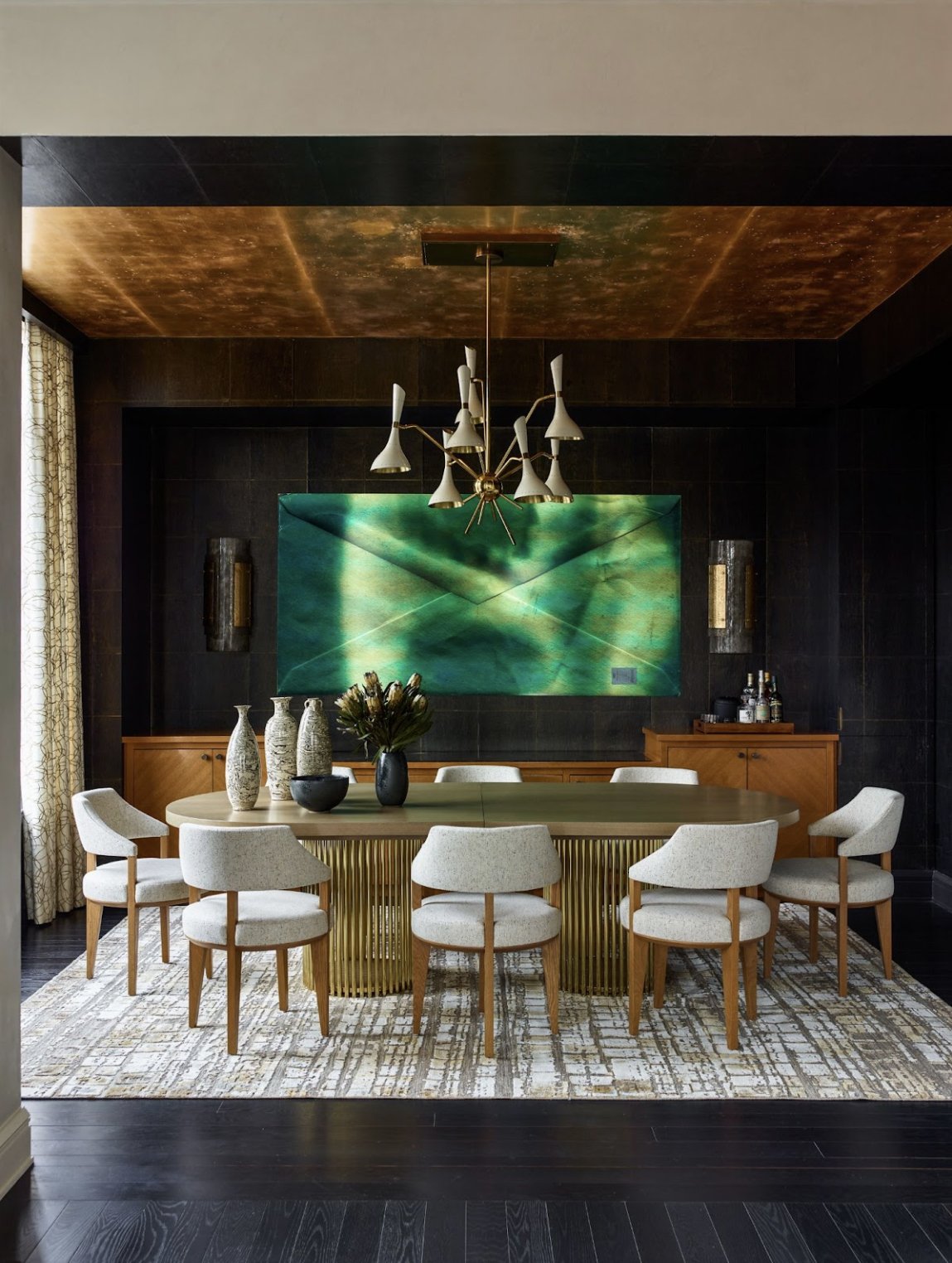BEST PRACTICES
Millwork can be found in almost any room of the house.
Most of our projects utilize paneling, molding, doors, and cabinetry—whether that be in the living room, kitchen, bedroom, or an office - to add interest to the walls.
Many of our designs include the use of paneling or coffering on the ceiling to draw attention to it and add visual interest. When a space feels too expansive, adding some geometry to the ceiling can break it into smaller pieces and make the space feel more intimate.
Cabinetry is often built for kitchens, libraries, home offices, bedrooms, and closets. Each project is different! There are also so many options when it comes to painting versus natural wood millwork—I like to incorporate both to keep the design interesting.
Although there are no rules about where to incorporate millwork, a good rule of thumb is not to overdo it. Make sure there is a blend of millwork and stand-alone furniture; otherwise, your room can feel impersonal or too cookie-cutter. I also like to think of millwork as an extension of the home’s architecture. It’s important to respect the history and style of the home and try to design accordingly. Additionally, millwork does not need to match from room to room. It’s great when the overall home design ties together, but each room can have its own character.
When selecting storage options, try to think about what works best for your lifestyle. Maybe opt for closed cabinetry rather than open shelving if you don’t think you can keep things organized and looking beautiful. The needs and lifestyles of each of our clients help to inform what and where millwork can be used.






